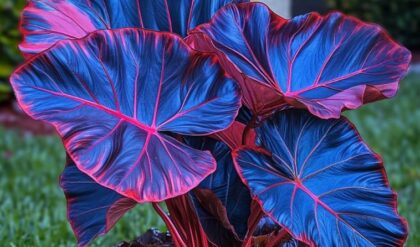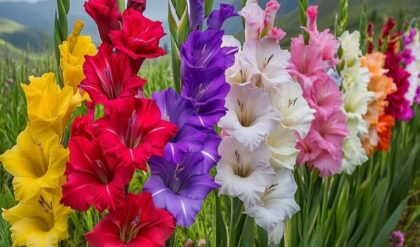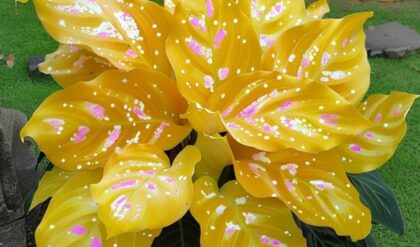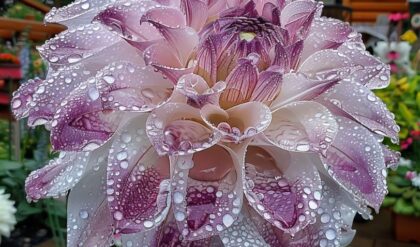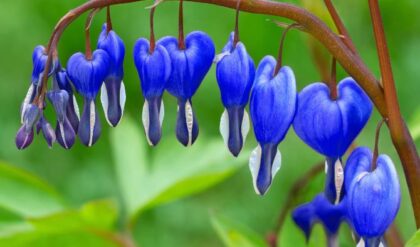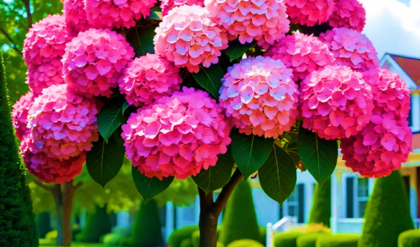How to grow Dragon Tree Flower (Dracaena cinnabari) is not merely an exercise in conventional gardening; it is a deeply enriching journey into the heart of ancient lore and natural artistry. The Dragon Tree, with its captivating moniker and mystique, holds a place of reverence in the Socotra Archipelago, its native habitat, where its crimson resin, known as “dragon’s blood,” has been used for centuries in traditional medicine, rituals, and artistic practices. Cultivating this extraordinary tree in your own space is akin to weaving a thread through time, connecting you to the rich tapestry of history and the captivating allure of this unique species. This guide delves into the intricacies of nurturing a Dracaena cinnabari, exploring the optimal environmental conditions, soil requirements, watering techniques, and fertilization strategies that contribute to its health and eventual flourishing. It emphasizes the interconnectedness of the plant’s well-being with our understanding and application of its needs, encouraging us to develop a deeper relationship with nature while appreciating the profound beauty and ancient wisdom embedded within this remarkable species. Through observation, understanding, and mindful care, we can unlock the potential of the Dragon Tree, fostering its growth and celebrating its profound presence in our gardens and homes.
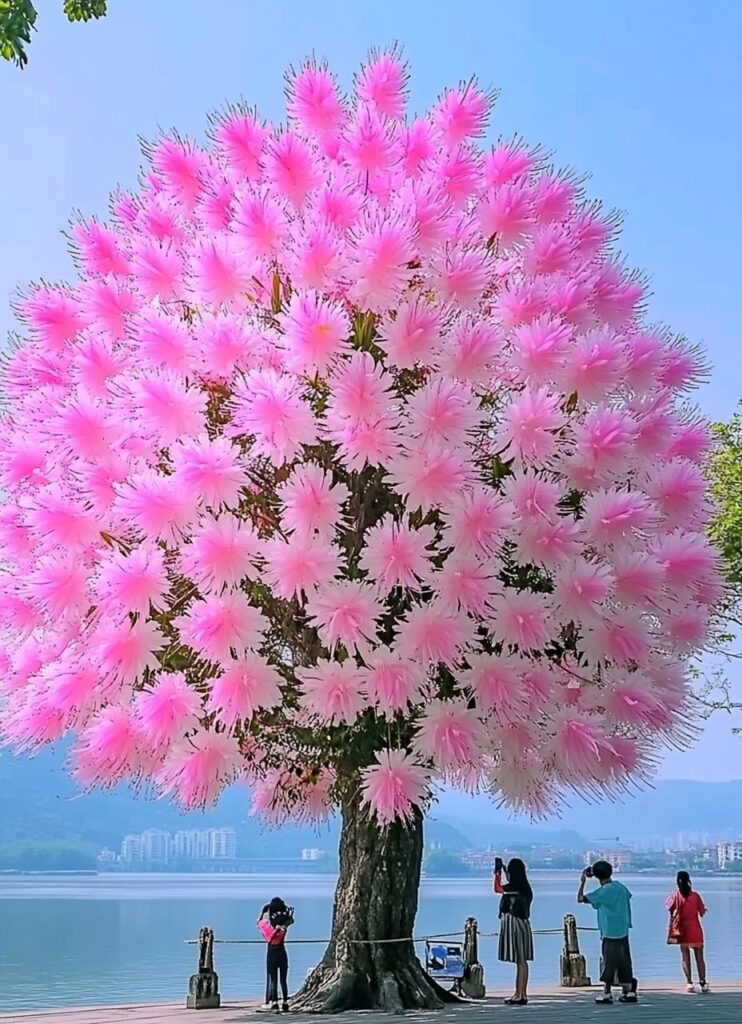
Crafting the Ideal Environment: Light and Location
The journey of cultivating a Dragon Tree, like many aspects of life, begins with establishing a foundation—a carefully curated environment that mirrors its native habitat. The Dragon Tree’s native environment in the Socotra Archipelago offers harsh yet beautiful conditions: intense sunlight tempered by occasional clouds, well-draining soil that prevents waterlogging, and a distinct dry season. Replicating these conditions is crucial for the successful cultivation of Dracaena cinnabari in our own gardens or homes. Creating this environment not only encourages the Dragon Tree’s healthy growth but also becomes a testament to our ability to understand and honor the delicate balance of nature.
The Dance of Light: Balancing Sun and Shade
The interplay of light is paramount in the life of a Dragon Tree. They thrive in full sun, basking in the abundance of solar energy that fuels their life processes, much as a plant in its natural environment. However, they also benefit from protection during the harsh midday sun. The Socotra Archipelago is renowned for its strong sunlight, but conditions are not continuously intense and open. Think of the Dragon Tree’s preferred conditions as a delicate dance—a balance between abundant light and a bit of respite from the most intense solar rays during peak hours.
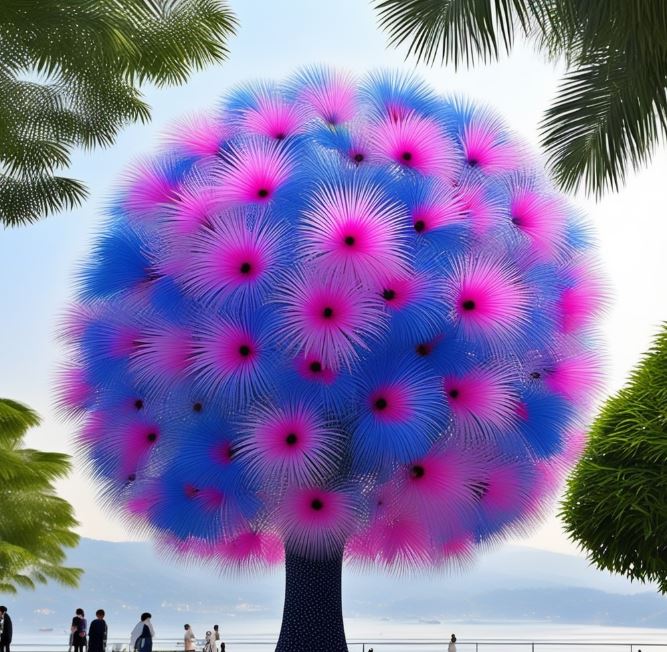
This balance mirrors the way nature works, with a delicate interplay between intense light and gentle shadows. This understanding can help guide our approach to providing light for our Dragon Tree. Excessive midday sun can scorch the leaves, causing damage and hindering growth. By understanding this sensitivity, we can provide a light environment that respects both the Dragon Tree’s need for sunlight and its need for protection from overly intense conditions. Such an understanding fosters a deeper connection to the plant, allowing us to act as mindful stewards of its environment.
Indoor Habitats: Mimicking the Dragon’s Domain
When cultivating a Dragon Tree indoors, mimicking its natural habitat becomes a captivating challenge akin to recreating a tiny Socotra within our homes. The goal is to ensure they receive at least 10 hours of indirect sunlight daily. Finding the perfect location inside can make a significant difference in the health and vitality of your Dragon Tree. A south-facing window that provides ample light without scorching sun exposure during the hottest part of the day is ideal. If a south-facing window isn’t an option, windows that face east or west can be adequate if combined with supplementary lighting.
The concept of providing ideal light for a plant in an indoor setting relates to the broader notion of responsible stewardship—we are assuming the role of the environment for the plant, providing it with the necessities it needs to thrive. Imagine mimicking these environments as creating a miniature ecosystem, a small world where the Dragon Tree can flourish. This brings us closer to appreciating the interconnectedness of all life forms and the unique roles we play in fostering a healthy environment. By understanding and fulfilling a plant’s needs, we gain a deeper appreciation for the natural world and develop a stronger sense of responsibility towards fostering it.
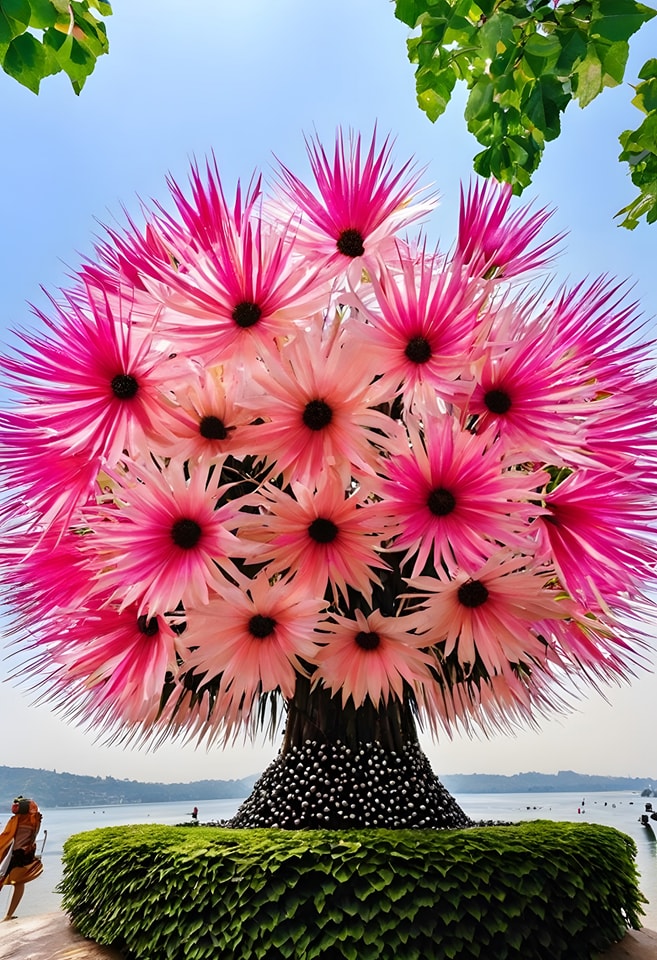
Outdoor Sanctuaries: Replicating the Socotra Experience
Placing your Dragon Tree outdoors in a garden or courtyard can be a rewarding experience, but it requires a nuanced approach in understanding its requirements. Select a location that receives ample sunlight but with some protection from the harshest rays, mimicking its native environment. In Mediterranean and subtropical regions, the Dragon Tree can thrive outdoors, enjoying the natural cycle of light and temperature. However, it is important to monitor the intensity of the midday sun and provide some shade, particularly during the hot summer months, through strategically placed structures or accompanying plants.
This careful consideration for the Dragon Tree’s needs in the outdoor environment translates to a broader understanding of the concept of respect for nature. We can learn from the natural world and adapt our gardening practices to suit the individual needs of the plants in our care. This approach challenges us to move beyond simply planting and nurturing a plant and encourages us to cultivate a deep understanding of the interconnectedness of life within eco-systems. By learning to provide the appropriate environment for our Dragon Tree to thrive, we cultivate a respect for nature that enhances our understanding of its fragility and beauty.
Soil Alchemy: The Dragon Tree’s Foundation
The soil in which a Dragon Tree grows is more than just a medium; it is the lifeblood that sustains its growth, a critical element that affects its health, resilience, and ability to thrive. Just as the foundations of a building determine its stability and longevity, the soil provides the framework for a healthy Dragon Tree to reach its full potential. In the wild, the Dracaena cinnabari thrives in well-draining, rocky volcanic terrain. Understanding this preference is key to ensuring its success in our gardens and homes, and it involves mimicking these conditions with careful soil preparation.
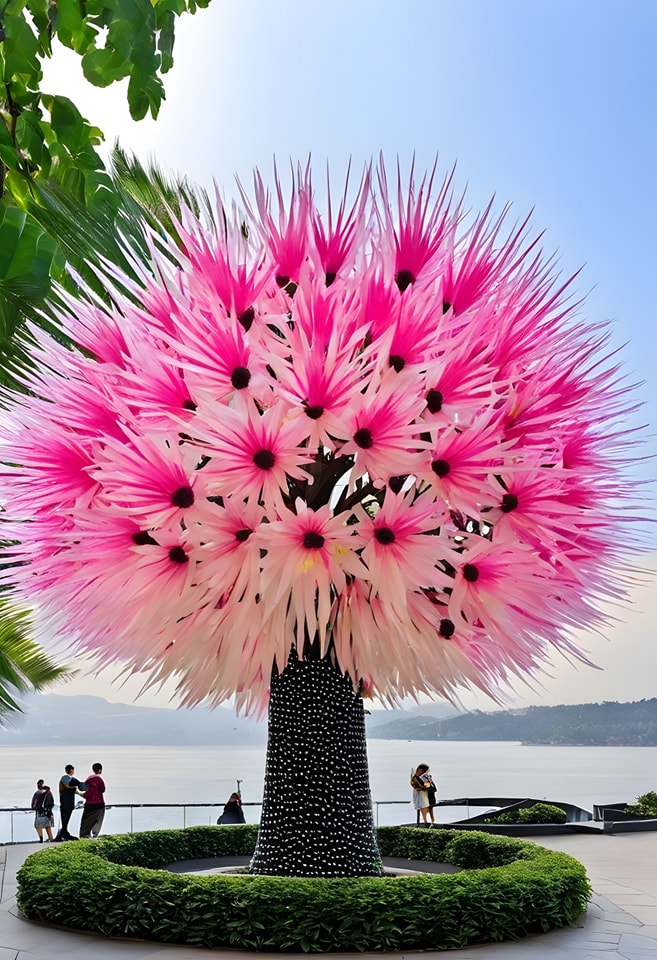
The Importance of Drainage: Preventing Root Suffocation
Waterlogging is the dragon’s bane. The Dragon Tree’s root system is sensitive to excessive moisture, with a high risk of root rot, a fatal condition that can quickly undermine the tree’s health. To prevent this, the soil must allow water to flow freely through it, much like a well-functioning drainage system in a city. This is because the roots of the Dragon Tree need access to both water and adequate aeration. If the soil retains too much water, the oxygen access to the roots is compromised. The roots may quickly become susceptible to disease and decay.
Root rot is a common problem for plants that are overly watered. Understanding this can help us ensure that we’re providing the right balance of moisture for our Dragon Tree. Just as we wouldn’t want our house foundations to be constantly submerged in water, we wouldn’t want the roots of our Dragon Tree to be drowning in moisture. Keeping this in mind, the importance of proper drainage becomes clear. This awareness compels us to approach gardening with a deeper understanding of plant needs, cultivating a responsible and mindful practice.
The Gritty Texture of Success: Embracing a Well-Aerated Mix
Well-drained soil is not simply about water removal; it is also about optimizing the air circulation within the soil, creating an atmosphere that allows the roots to “breathe.” A gritty, loose soil composition facilitates this. Think of it like creating a sponge-like environment. Water can flow in and out effectively, and air can get to the roots. The Dragon Tree appreciates this type of “breathing space,” promoting a healthy and vigorous root network. This understanding of texture is fundamental to providing a supportive environment for the roots that is conducive to thriving growth.
Imagine the soil as the tree’s second skin, a nurturing layer that must be just right for it to flourish. Choosing a soil mix that offers the right blend of drainage and aeration is akin to providing the dragon tree with the perfect “shoes” to support its growth and provide stability. Just like a good pair of shoes can prevent foot fatigue and discomfort, a well-designed soil mix can prevent the stresses and strains often associated with poor drainage or inadequate aeration. This perspective encourages us to look beyond simply planting and to focus on creating the ideal environment for supporting the tree’s future growth.
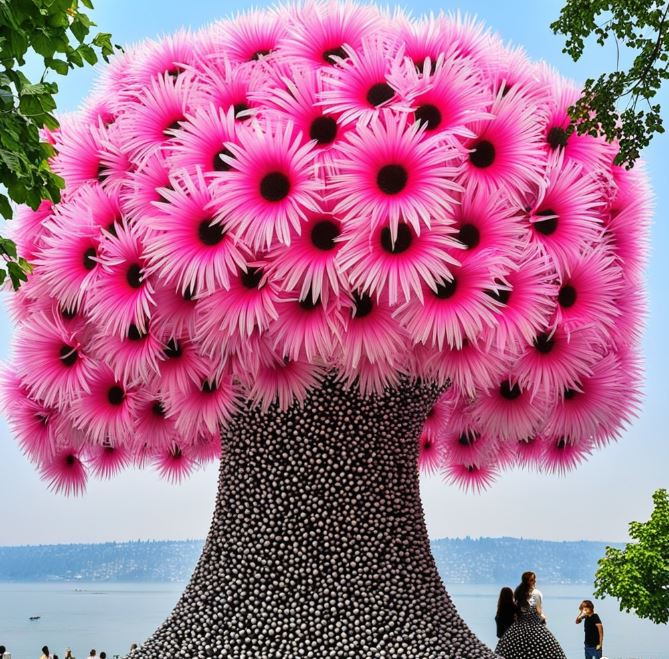
Substrate Selection: The Alchemist’s Recipe
The best approach to soil preparation for Dragon Trees is to create a potting mix that is specifically tailored for their needs. A mixture of standard potting soil amended with materials like perlite, pumice, and coarse sand can offer that ideal balance of water retention, drainage, and aeration. These materials increase the soil’s porosity, preventing compaction and allowing water and air to freely move through the substrate. These materials ensure the soil doesn’t become too dense and retains its ideal structure over time.
Understanding the role of each element in a potting mix fosters a deeper understanding of the delicate chemical and physical processes at play in soil. Creating a personalized substrate is akin to crafting a unique recipe, where each ingredient plays a vital role in the overall health and well-being of the Dragon Tree. This perspective on soil preparation reveals the complexity of gardening, where seemingly simple acts like choosing a potting mix can have a profound effect on the plant’s future. Such knowledge empowers us to approach gardening with a deeper sense of purpose and respect for the delicate balance of soil ecosystems.
Hydration Harmony: Understanding the Dragon Tree’s Thirst
The relationship between water and a Dragon Tree is a delicate dance, a careful balance that requires keen observation and understanding. Just as an artist uses water in just the right proportions to paint a masterpiece, gardeners need to learn to provide water in the right amounts and at the right times to meet a Dragon Tree’s needs. Overwatering or underwatering can lead to significant issues, hindering the plant’s growth and potentially compromising its health.
The Art of Patience: Allowing the Soil to Dry
One of the most important elements in establishing a healthy watering regime for your Dragon Tree is to learn to observe its cues. It is crucial to allow the top inch of soil to dry out completely between waterings. This might seem counterintuitive, especially for novice gardeners, as we often associate the health of a plant with its hydration—the more water, the healthier it is. However, the Dragon Tree is different and appreciates a slightly drier environment between waterings. This period allows the soil to breathe, and promotes aeration of the root system.
This practice encourages us to adopt a slower, more deliberate approach to gardening, rather than rushing in with a watering can at the first sign of dryness. Patience and observation are key to this approach—we must learn the cues that the plant offers to determine its water needs. This practice fosters a deeper relationship with the plant, moving beyond simply fulfilling a need. When we take the time to observe and allow the soil to dry out, we are engaging in a conversation with the plant, learning to understand its subtle signals. This interaction can lead to a richer, more meaningful relationship with the Dragon Tree.
Hydration Harmony: Finding the Right Balance
The key to watering a Dragon Tree is to avoid either extreme: never allow the soil to become completely waterlogged, and avoid letting it dry out for prolonged periods. The soil should remain moist but not saturated. A good way to gauge if the soil is too dry is to check the leaves of the plant. If they start to wilt or droop, it’s time to water. Conversely, if the soil stays wet for extended periods, the roots may be at risk of rot.
Finding the right balance between watering too little and too much can enhance our understanding of the plant’s physiology and its relationship with water. It emphasizes the fundamental principle that balance is key to overall health. This understanding challenges us to look beyond simplistic solutions and encourages us to understand the dynamic interplay between water and plant growth. We are essentially engaged in balancing a complex equation: the right amount of water at the right time for the right soil and climatic conditions. This delicate balancing act reveals a deeper respect for the intricacies of plant biology.
Seasonal Adjustments: Adapting to Changing Conditions
The Dragon Tree’s hydration needs are influenced by the seasonal changes in its environment. During the warmer months, the plant will require more frequent watering than in the cooler months. Also, in drier climates, you may need to water more frequently as well. Always adjust your watering schedule based on the specific environmental conditions and the responses of your Dragon Tree.
Adapting to seasonal changes requires vigilance and reinforces the interconnectedness of the Dragon Tree with its environment. It reminds us that the natural world is constantly changing and that plants, like other elements of nature, are dynamically responding to these changes. This dynamic exchange compels us to remain in tune with nature and understand the subtle signals that the plant is offering us. By acknowledging the changing seasons and adapting our watering practices, we develop a deeper relationship with the Dragon Tree based on understanding and respect.
Fertilization: Nurturing a Blossoming Dragon
Fertilization, when used thoughtfully and judiciously, can help enhance the overall health and vitality of your Dragon Tree, improving its leaf color, structure, and even encouraging flowering. While Dracaena cinnabari is known for its low-maintenance nature, a balanced fertilization routine can provide that extra boost to the plant, creating an environment that fosters its growth and potential. However, it is essential to remember that the Dragon Tree doesn’t require heavy fertilization like some other plants.
The Subtle Art of Nourishment: Organic Solutions
When selecting fertilizers, opt for organic options that are rich in nutrients essential for healthy plant development. Organic fertilizers are slower-releasing, which allows for consistent and steady nourishment for the Dragon Tree. They also contribute to improving the organic matter content of the soil, creating a healthier and more vibrant environment for the roots. Compost teas, bone meal, and fish emulsion are great options for this type of fertilization.
This approach encourages us to cultivate a more holistic perspective on gardening, where we select fertilizers that enhance the soil ecosystem alongside the plant’s health. The choice for organic fertilizers reflects our commitment to working in harmony with nature, rather than employing harsh and artificial chemical boosters. This emphasizes the value of natural processes and encourages sustainable gardening practices that benefit the environment and the plant. In selecting specific types of organic fertilizers, we are acting as mindful stewards of the ecosystem where the Dragon Tree thrives.
Timing the Infusion: The Rhythms of Growth
The best time to fertilize a Dragon Tree is during its active growing season. This typically falls between spring and early autumn, when the plant is vigorously putting out new growth. Avoid fertilizing during the winter months, when the plant’s growth slows down significantly.
The concept of timing fertilization to active growth phases again emphasizes the importance of observation and understanding the plant’s specific needs. We are essentially participating in its life cycle and responding to its signals. Fertilizing during the growing season offers support in the precise moments when the plant needs it the most. Knowing when to provide this support cultivates a deeper understanding of the plant’s biology and the natural processes that govern its growth. This awareness allows us to cultivate a more responsible and sensitive approach to gardening.
The Dance of Moderation: A Less is More Philosophy
While fertilization can be beneficial, it is also essential to exercise restraint. Over-fertilizing can be detrimental to the Dragon Tree, potentially damaging the roots and causing a build-up of salt in the soil. When in doubt, err on the side of caution.
The principle of moderation in gardening extends beyond just fertilization. It reflects a broader concept of balance and harmony within the natural world. It encourages us to approach gardening with a sense of sensitivity and respect for the intricate processes that uphold life in plants. Understanding the potential risks of over-fertilizing fosters a deeper level of responsibility in how we care for our plants, and a commitment to nurturing a healthy environment for them to thrive. We are cultivating a mindful approach where less is often more, and where the needs of the plant are paramount.
Conclusion
The journey of cultivating a Dracaena cinnabari is a profound experience that goes beyond the realm of routine gardening. It is a deeply enriching path into the world of understanding nature’s intricacies. By recreating the conditions of its native environment, using a well-designed soil mix, mastering the art of hydration, and fertilizing with intention, we can unlock the potential of this incredible tree. We learn to appreciate its beauty, admire its resilience, and connect to the rich history associated with this unique species. Ultimately, growing a Dragon Tree Flower allows us to develop a deeper connection to the natural world, cultivate a mindful stewardship of nature, and find beauty in the art of nurturing life. Back Viết tiếpNext
